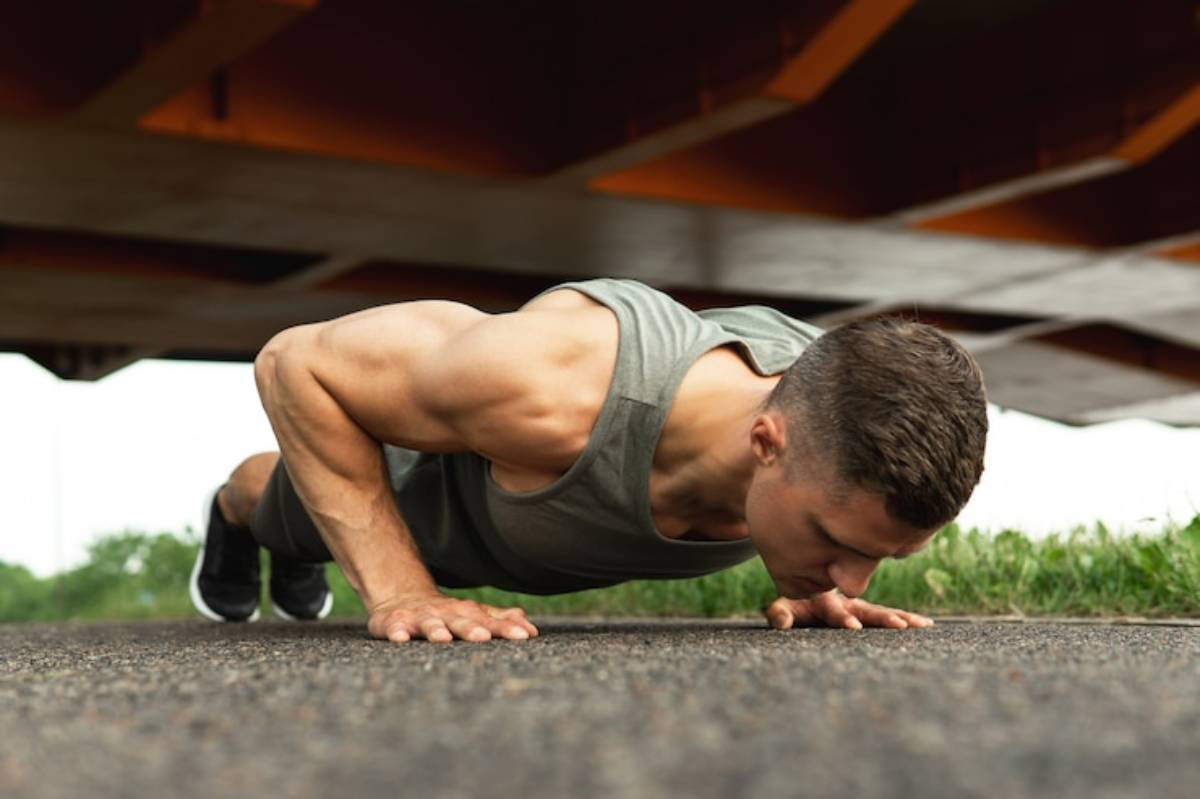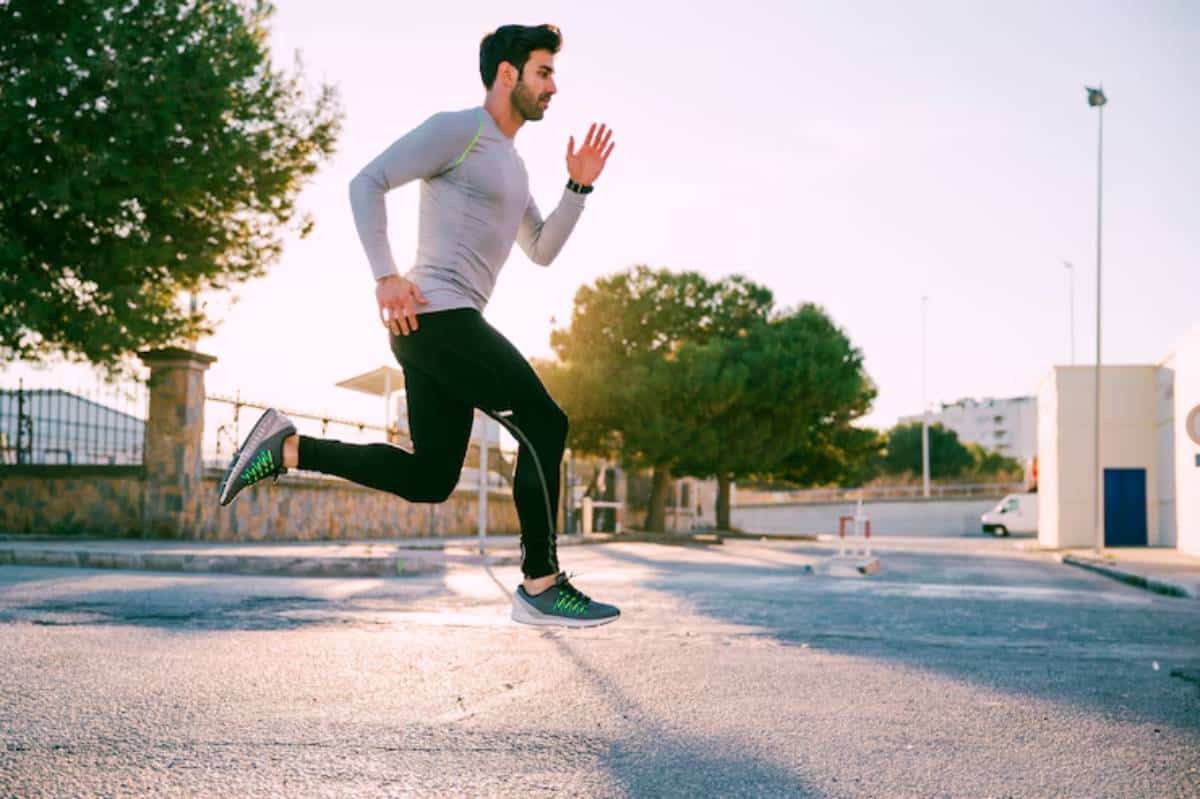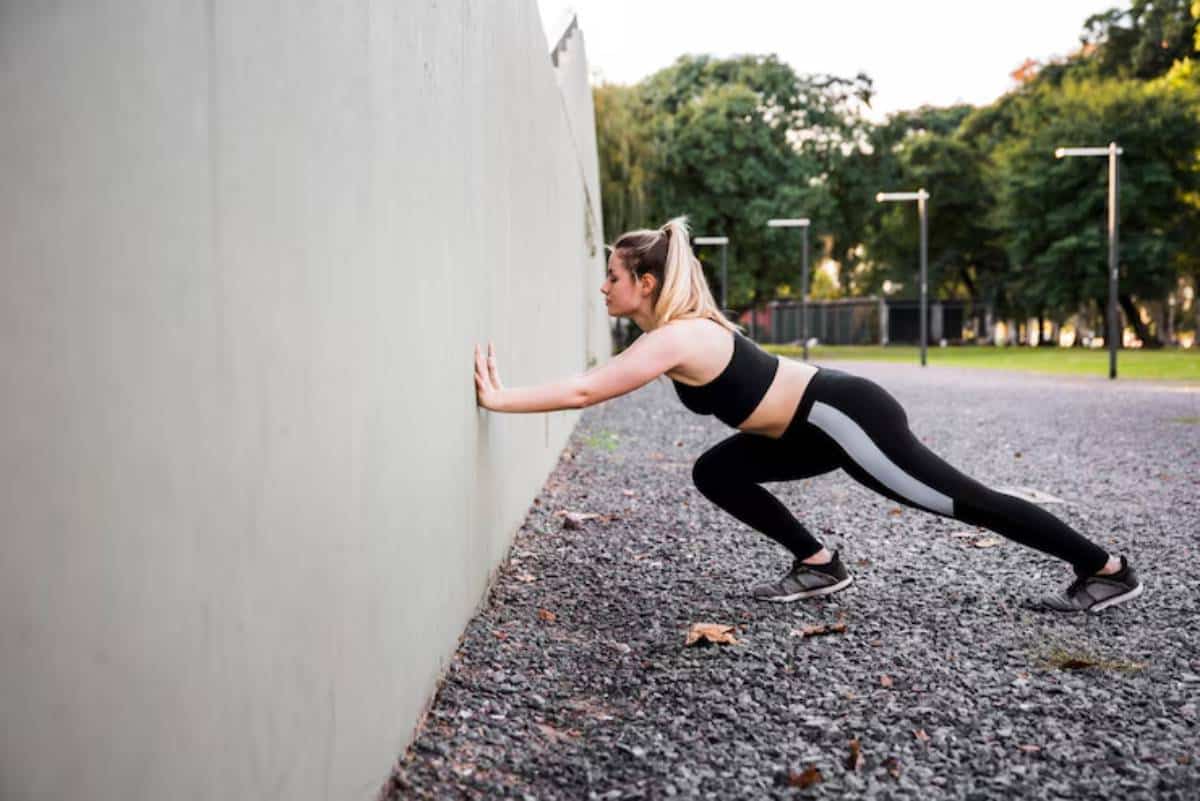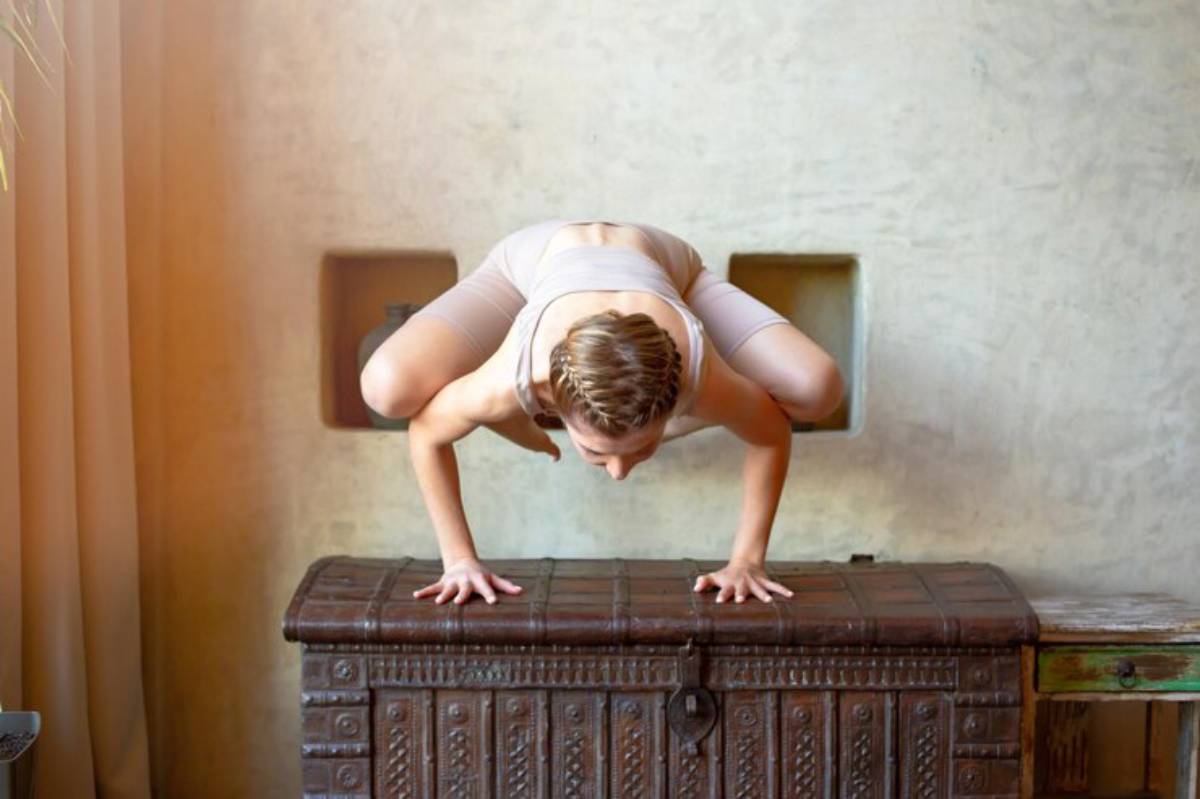
How to Train Like a Gymnast Without Equipment
When you think of a gymnast, what comes to mind? Graceful handstands, iron-strength holds, powerful yet fluid movements. It’s no wonder that gymnasts are some of the strongest, most flexible athletes out there. But here’s the surprising part: you don’t need rings, bars, or even a mat to begin training like one. With just your body and a bit of space, you can unlock gymnastics bodyweight skills and build true bodyweight mastery.
Gymnastics-inspired training blends strength and flexibility fusion, demanding control, balance, and mobility. And while the full flips and twists may be reserved for those with specialist equipment, the foundational strength and control can be achieved from anywhere.
In this guide, you’ll learn how to train like a gymnast — without equipment. We’ll explore essential bodyweight exercises, the importance of mobility, and step-by-step progressions to enhance your strength and flexibility. Ready to unleash your inner gymnast? Let’s dive in.
Why Train Like a Gymnast?
You might be asking, “Why should I bother with gymnastics bodyweight skills?” Good question. Gymnastics training isn’t just about impressive feats — it’s about building a body that’s strong, flexible, and resilient.
Benefits of Gymnastics Bodyweight Training
- Full-body strength: Moves like handstands and levers require total-body engagement, working muscles you never knew you had.
- Functional mobility: It’s not just about flexibility; it’s about moving freely and efficiently.
- Improved coordination and balance: Gymnastic skills demand precision, honing your body awareness.
- Injury prevention: A well-rounded routine strengthens stabiliser muscles and joints, reducing your risk of injury.
A study published in the Journal of Strength and Conditioning Research (2017) found that gymnastics-based bodyweight training significantly improves core strength, balance, and flexibility, making it a fantastic tool for athletes and fitness enthusiasts alike (Borghuis et al., 2017).
Core Principles: Strength and Flexibility Fusion
One of the hallmarks of gymnastics training is the fusion of strength and flexibility. A gymnast isn’t just strong or just flexible — they’re both. Their strength enables their flexibility, and their flexibility enhances their strength.
This strength and flexibility fusion means:
- Active flexibility: Controlling your body through a full range of motion (think lifting your leg high without using your hands).
- Static strength: Holding positions like a handstand or plank for extended periods, building endurance and control.
- Dynamic control: Transitioning smoothly between movements while maintaining stability.
Essential Gymnastics Bodyweight Skills (No Equipment)
You don’t need rings or bars to start working on bodyweight mastery. Here are foundational exercises that target key areas of gymnastics training.
1. Hollow Body Hold (Core Control)
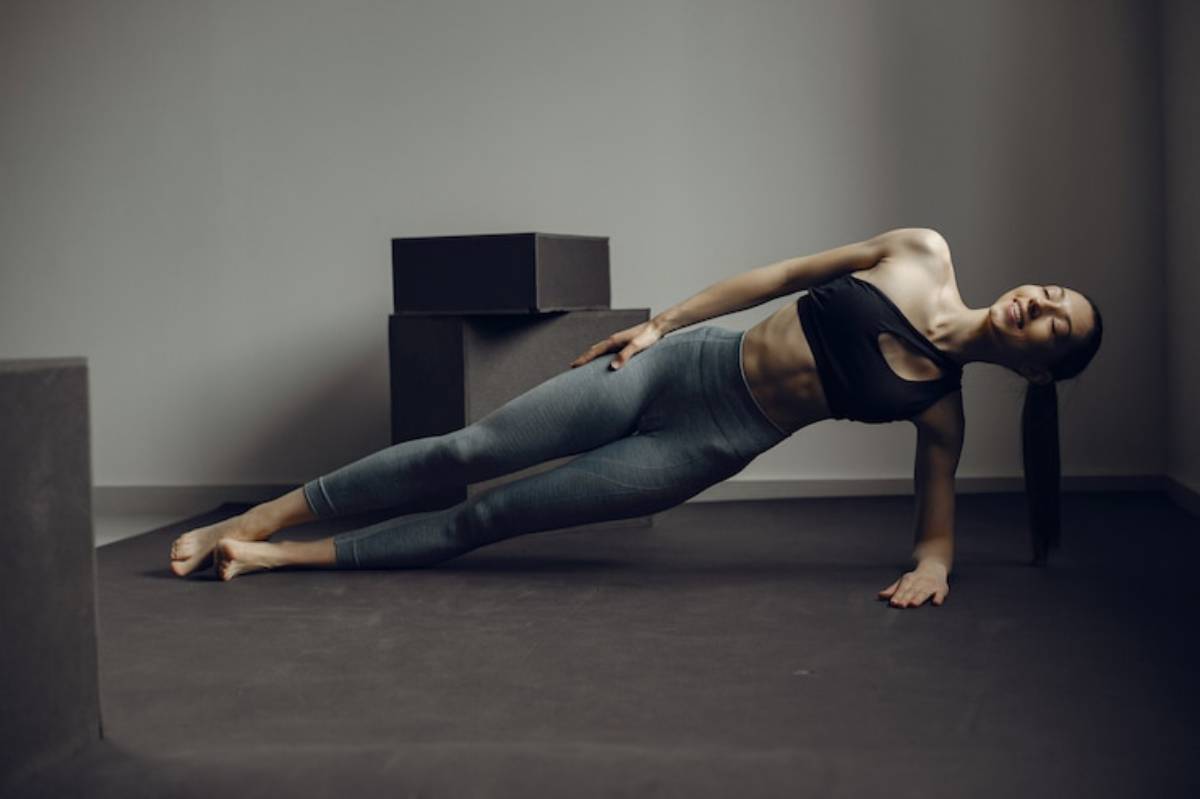
- Why it matters: Builds the core stability essential for movements like handstands and levers.
How to do it:
- Lie on your back, arms extended overhead.
- Lift your legs and shoulders off the floor, keeping your lower back pressed down.
- Hold, creating a shallow curve with your body.
Hold: 20–45 seconds.
2. Arch Hold (Posterior Chain Strength)
- Why it matters: Balances the hollow body hold by strengthening your back, glutes, and shoulders.
How to do it:
- Lie face down, arms extended forward.
- Lift your arms, chest, and legs off the ground.
- Hold while keeping your neck neutral.
Hold: 20–45 seconds.
3. Wall Handstand (Shoulder and Core Strength)
- Why it matters: Builds overhead strength, balance, and body alignment.
How to do it:
- Kick or walk up into a handstand against a wall.
- Keep your core engaged, glutes tight, and body aligned.
Hold: 20–60 seconds.
Start with pike holds (hips over shoulders in a push-up position) if a full handstand feels too advanced.
4. Push-Up Variations (Pressing Strength)
- Why it matters: Develops pushing power for movements like planches and handstands.
Try these variations:
- Standard push-ups.
- Pseudo planche push-ups: Lean forward while performing push-ups to engage shoulders and core.
Reps: 10–15.
5. Single-Leg Glute Bridges (Lower Body Control)
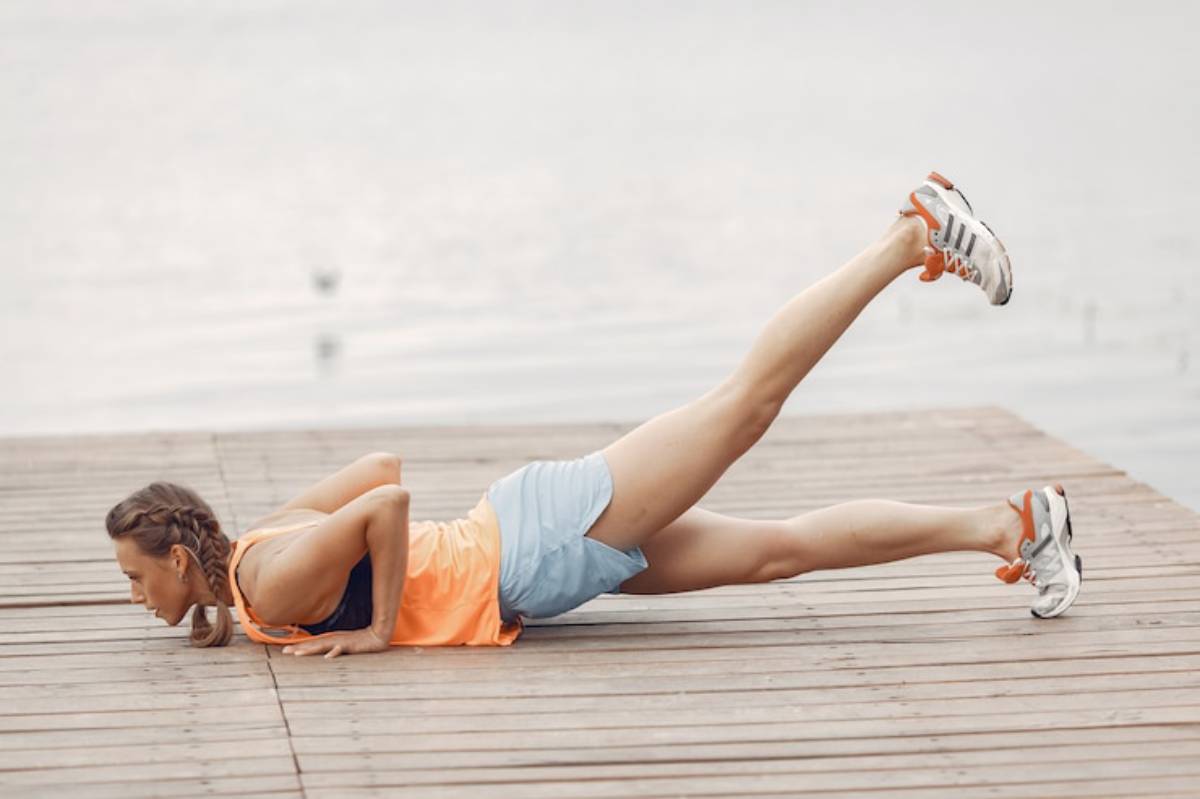
- Why it matters: Builds hip strength and mobility, essential for balanced movement.
How to do it:
- Lie on your back, one foot flat, the other leg extended.
- Lift your hips, keeping your core engaged.
- Lower with control.
Reps: 10–12 per leg.
Sample Gymnastics-Inspired Routine (No Equipment)
This bodyweight mastery routine fuses strength and flexibility in under 30 minutes.
Warm-Up (5 minutes)
- Arm circles (30 seconds).
- Leg swings (30 seconds per leg).
- Cat-cow stretches (10 reps).
- Hip circles (30 seconds).
Main Workout
| Exercise | Reps/Time | Rest |
| Hollow Body Hold | 30–45 seconds | 30 sec |
| Arch Hold | 30–45 seconds | 30 sec |
| Wall Handstand Hold | 30–60 seconds | 30 sec |
| Pseudo Planche Push-Ups | 10–12 reps | 30 sec |
| Single-Leg Glute Bridges | 10–12 per leg | 30 sec |
| Deep Squat Hold | 45–60 seconds | 30 sec |
Rounds: Complete 3 rounds.
Cool-Down (5 minutes)
- Forward fold stretch.
- Hip flexor stretch.
- Shoulder dislocates (with a towel or stick).
Progressions for Advanced Bodyweight Mastery
Once you’ve mastered the basics, step things up:
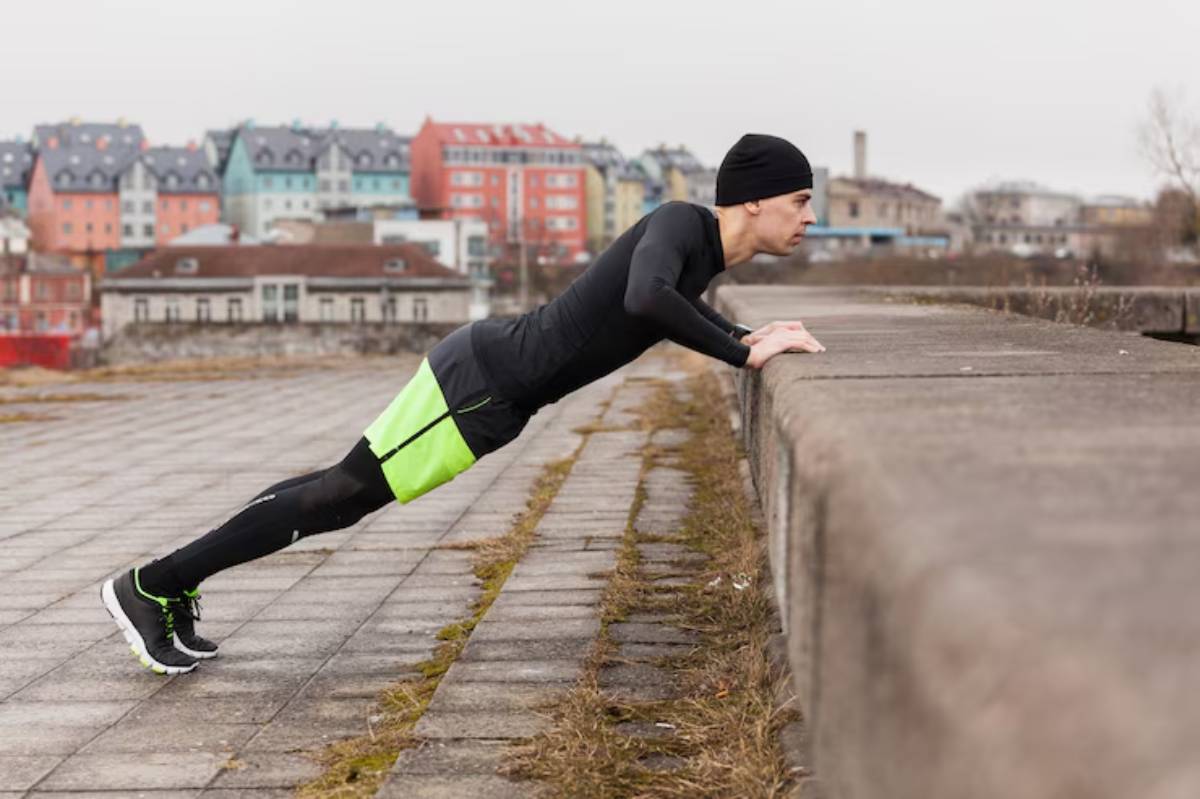
- Handstand push-ups (against a wall): Builds overhead pressing strength.
- Wall-facing handstands: Improves alignment and balance.
- Arch-ups (dynamic arch holds): Builds explosive back strength.
- L-sits: Engage your core and hip flexors while supporting your bodyweight on the floor.
Real-Life Inspiration: Strength and Flexibility in Harmony
Consider Tom, a graphic designer who discovered gymnastics bodyweight skills after years of back pain. By focusing on strength and flexibility fusion, he improved his posture, eliminated discomfort, and gained newfound confidence in his movement. All this without ever setting foot in a gym.
His secret? Consistency, creativity, and listening to his body.
Common Mistakes and How to Avoid Them
- Neglecting flexibility: Don’t skip mobility work — it’s half the equation.
- Rushing progressions: Master each stage before moving forward.
- Overlooking form: Focus on alignment and control, not just holding positions.
Conclusion: Embrace Bodyweight Mastery
Training like a gymnast doesn’t require fancy equipment or a gymnastics coach. With bodyweight mastery and a focus on strength and flexibility fusion, you can build a body that moves powerfully and gracefully. These gymnastics bodyweight skills offer more than just strength — they offer control, resilience, and freedom in movement.
Ready to unlock your body’s potential? Start with the routine above, stay consistent, and see where your journey takes you. Share your progress or ask questions in the comments below. And if this guide helped you, pass it on to a friend ready to embrace their inner gymnast!
